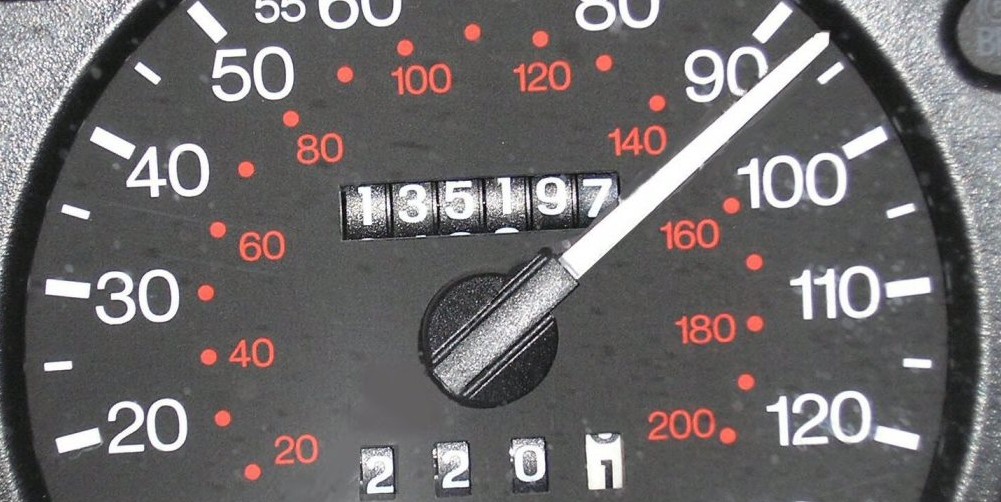
Speed kills.
Speeding accounted for 37 percent of the people killed in Missouri motor vehicle accidents in 2017, the most recent year for which data is available. Only eight other states had more traffic deaths due to speeding drivers than Missouri that year. Illinois, at 42 percent, was one of them.
The Governors Highway Safety Association, a consortium of state safety officials, recently published a report on the dangers of speeding drivers, “Speeding Away from Zero: Rethinking a Forgotten Traffic Safety Challenge.” Nationwide, according to the GHSA report, 26 percent of deaths in car and truck crashes were speed-related.
Speeding Drivers and Drunk Drivers
Speeding drivers approached drunk drivers as the leading cause of fatal motor vehicle accidents in 2017. The National Highway Traffic Safety Administration reports that drunk driving – individuals with a blood alcohol content of at least.08 - accounted for 29 percent of the nation’s traffic deaths.
Driving drunk has a public stigma about it. Most people admit it is wrong and dangerous. But the GHSA notes that speeding is a widely accepted norm. Most people speed. While drivers know that it can be dangerous, few acknowledge how it can increase their chances for crashing and critically injuring others.
Fatal speeding-related crashes did briefly slow down a bit. The GHSA reported that the percentage of deaths in speeding accidents compared to all traffic accident fatalities fell between 2010 and 2014. One possible reason was the introduction of more on-board safety features that better protect drivers and passengers.
But deaths due to speeding began to rise beginning in 2015. Why?
The GHSA lists several possible reasons, including:
· More distracted drivers
· The growing legalization of recreational marijuana use
· More overall miles traveled on the road
Four Types of Speeding Drivers
The report also describes four different categories of speeders. The drivers in these categories generally are differentiated by how often they speed and engage in other dangerous, aggressive behaviors.
The “Deliberate Speeders” are typically younger males. They are the most aggressive and risky drivers, who possess little concern over speeding.
“Typical Speeders” is the largest group of drivers. They most often engage in casual speeding.
Just below this group are the “Situational Speeders,” who exhibit less aggressive driving behaviors, including speeding.
Older drivers largely comprise the final category. “Unintentional Speeders” are the most likely to have unfavorable attitudes for speeding and the least likely to actually exceed posted speed limits.
But it doesn’t much matter why or how often drivers speed when they cause fatal accidents. Their negligence brings needless and immense pain and suffering to innocent victims and their families.
If you were seriously injured or lost a loved one in a motor vehicle crash caused by another driver, speak with an attorney who represents victims of catastrophic car accidents.
The choice of a lawyer is an important decision that should not be based solely on advertisements.
Authored by Gray Ritter Graham, posted in Blog January 17. 2019

 RSS Feed
RSS Feed